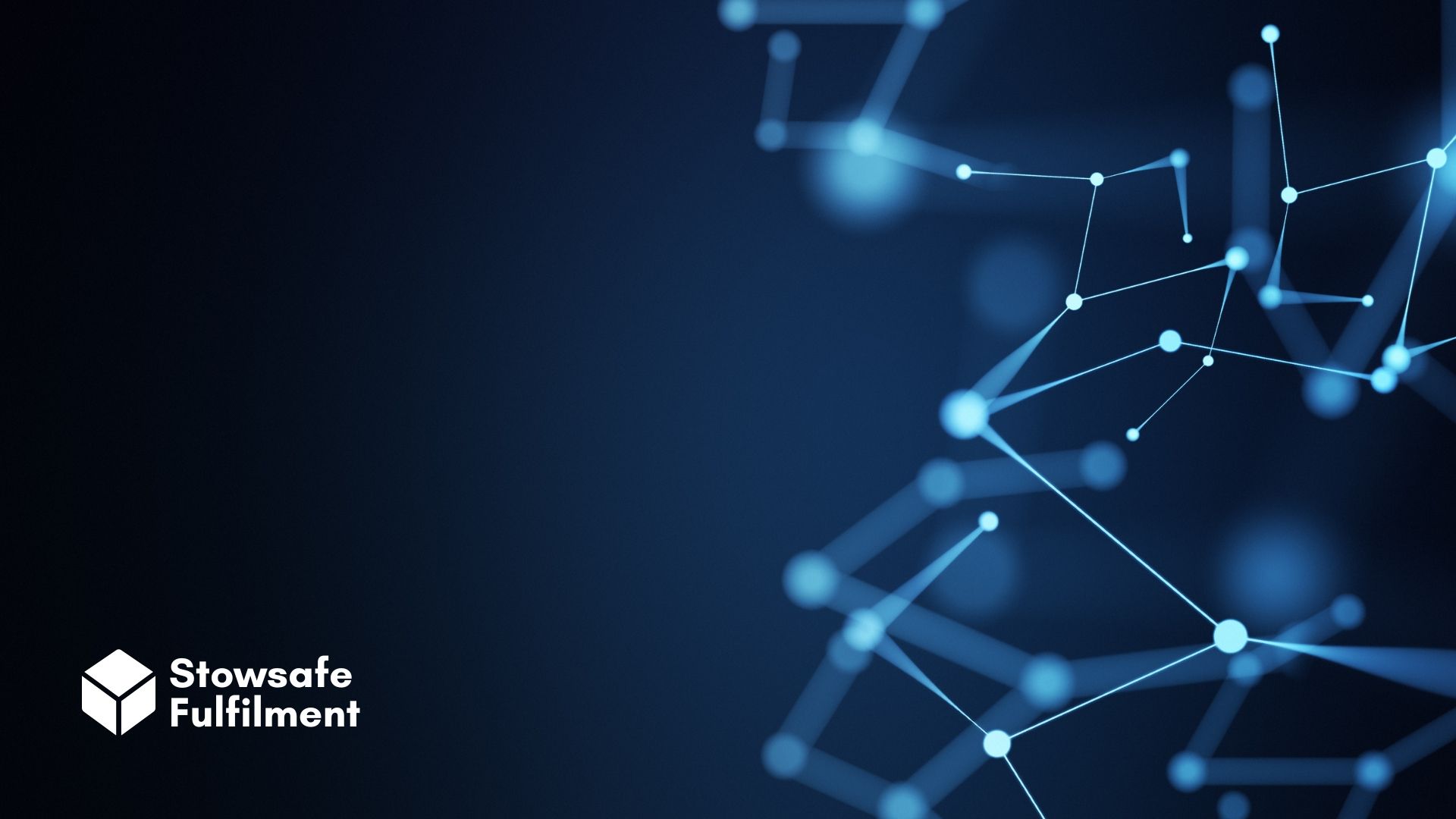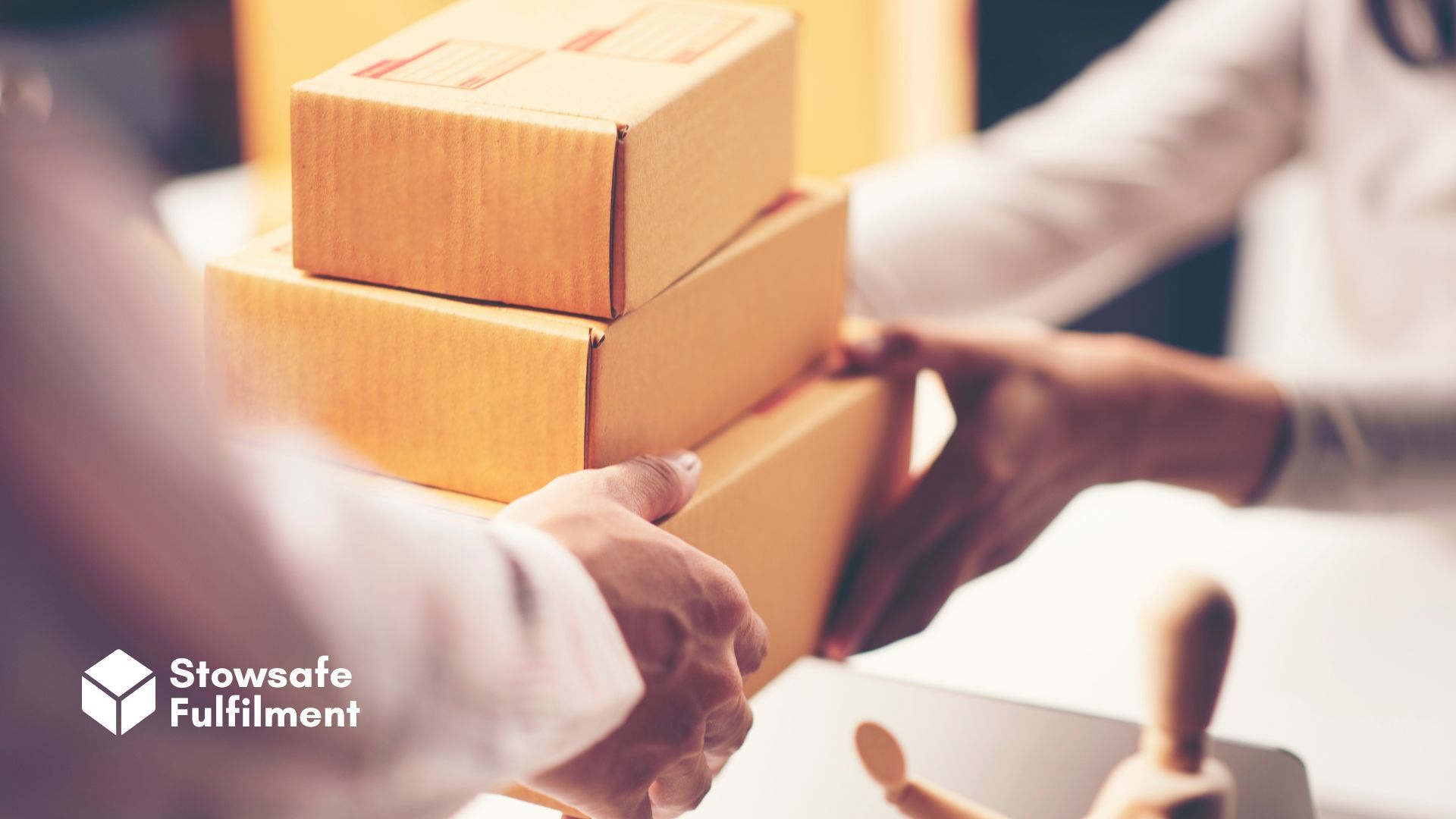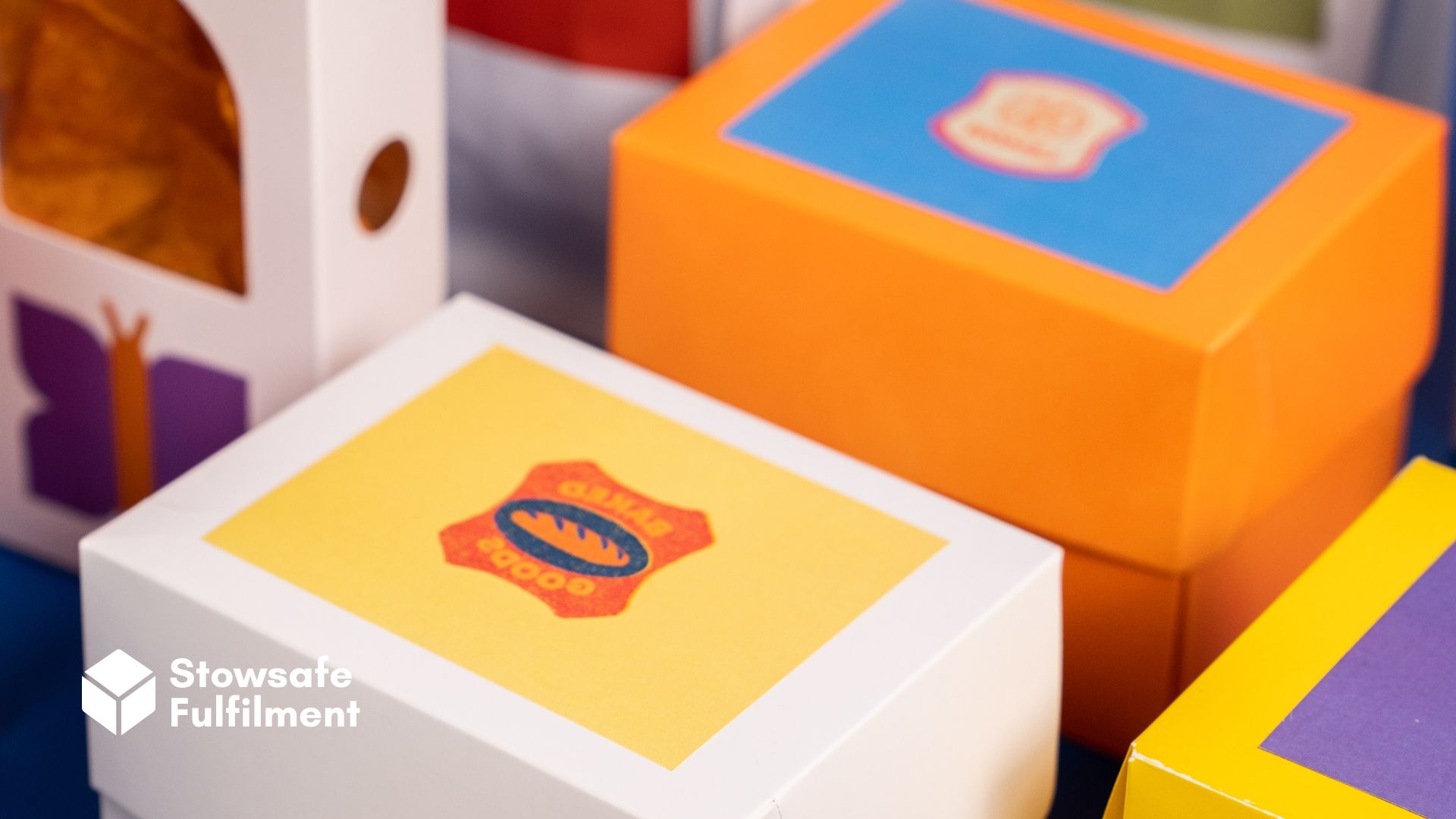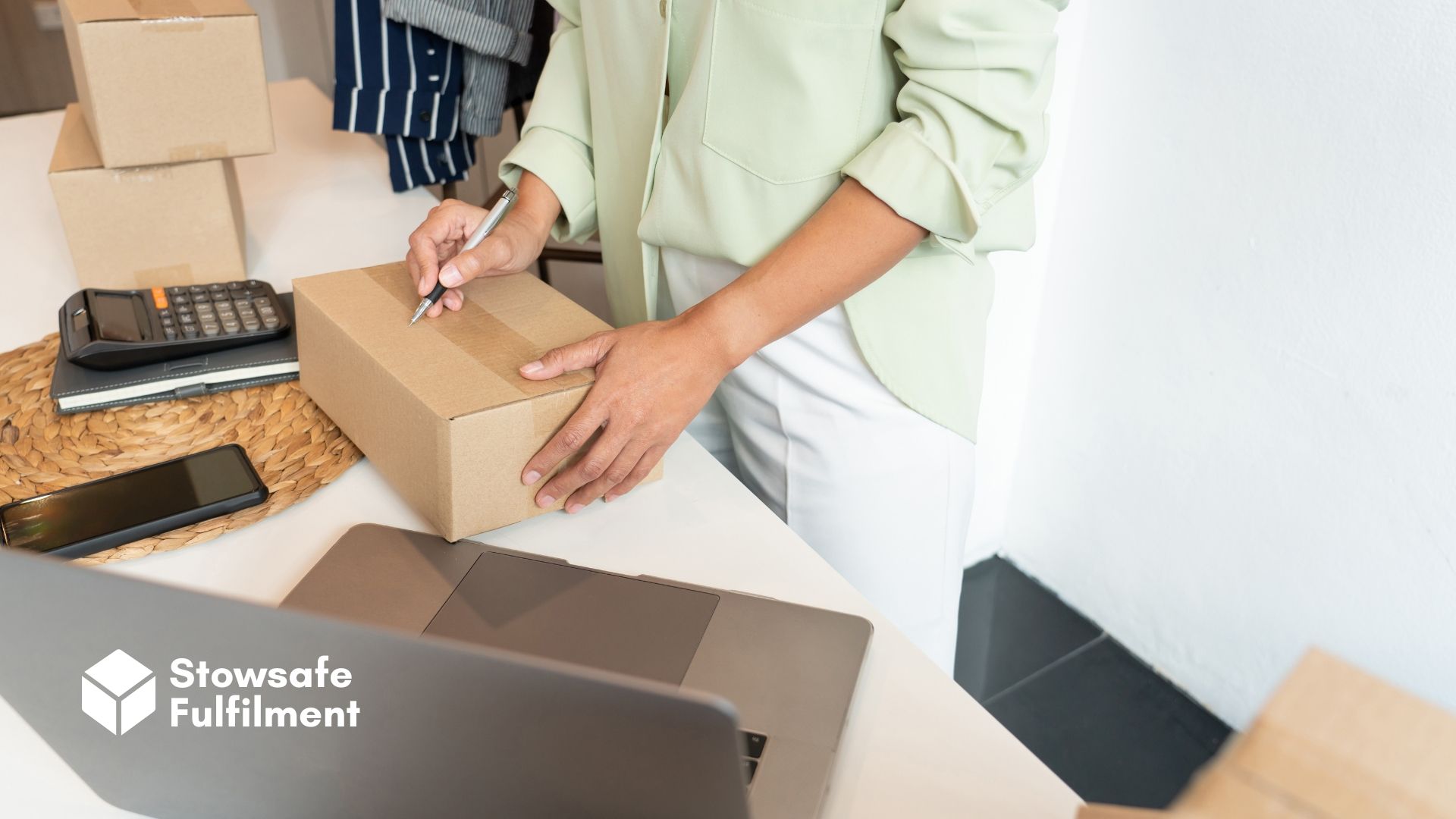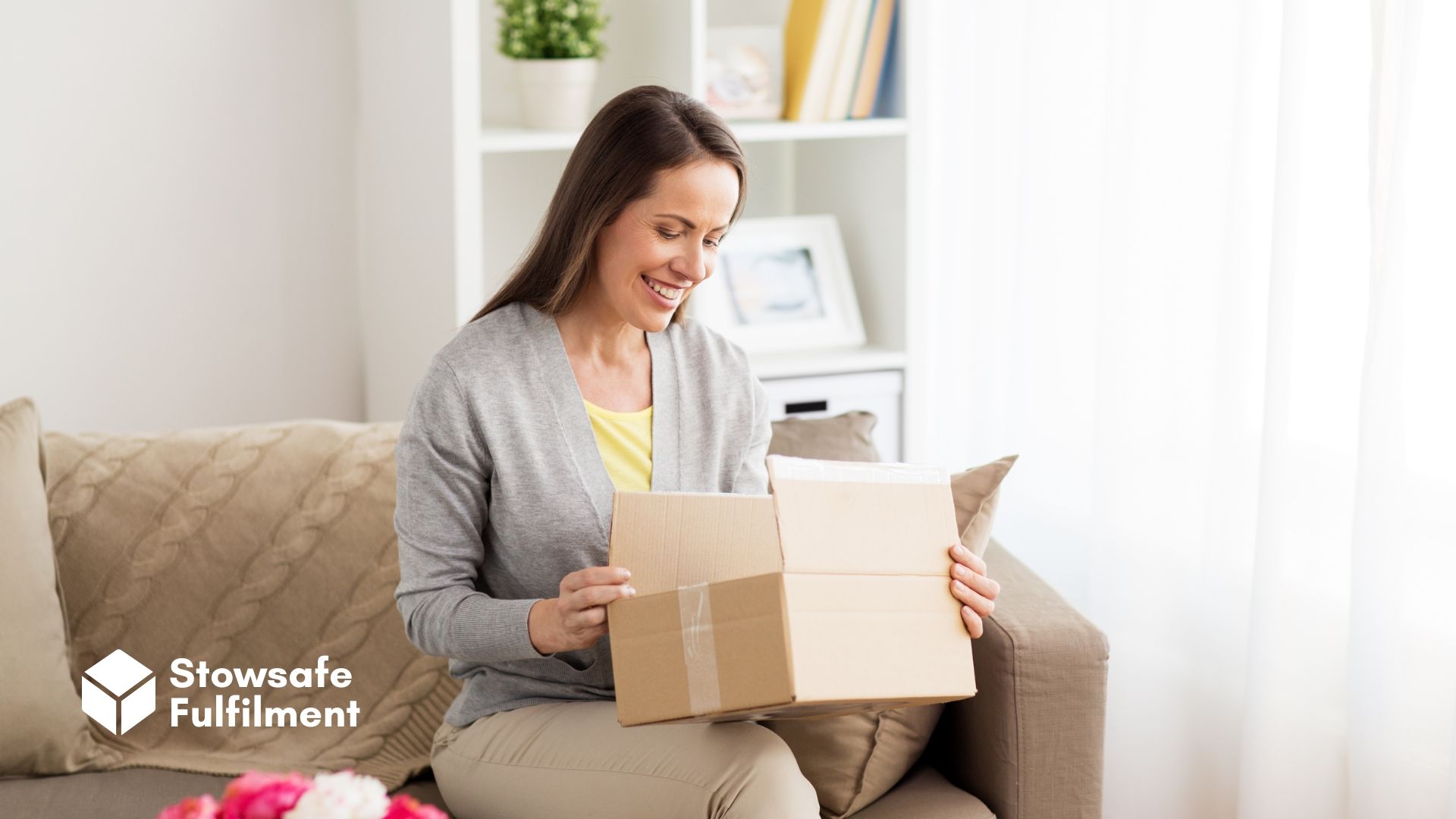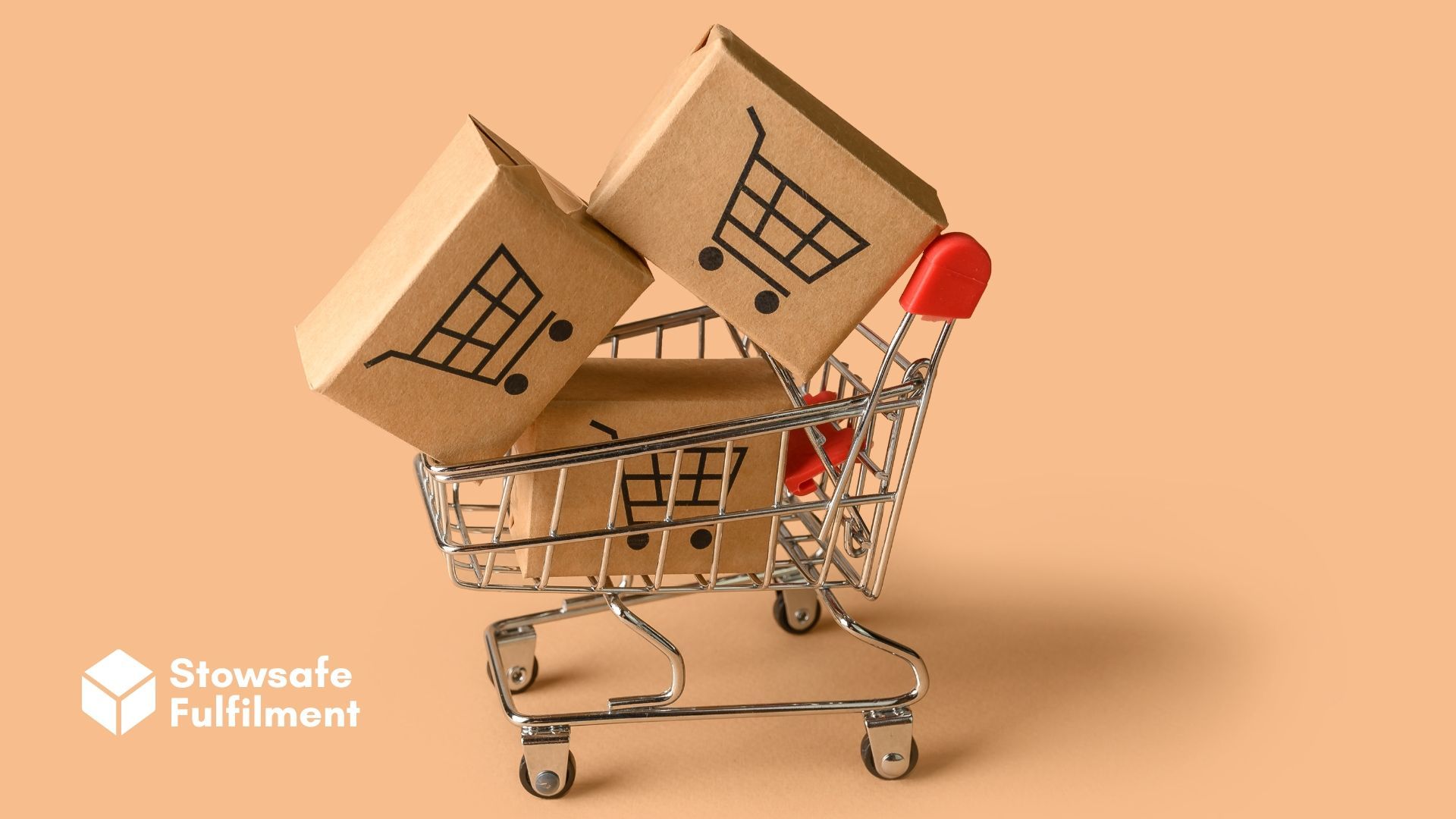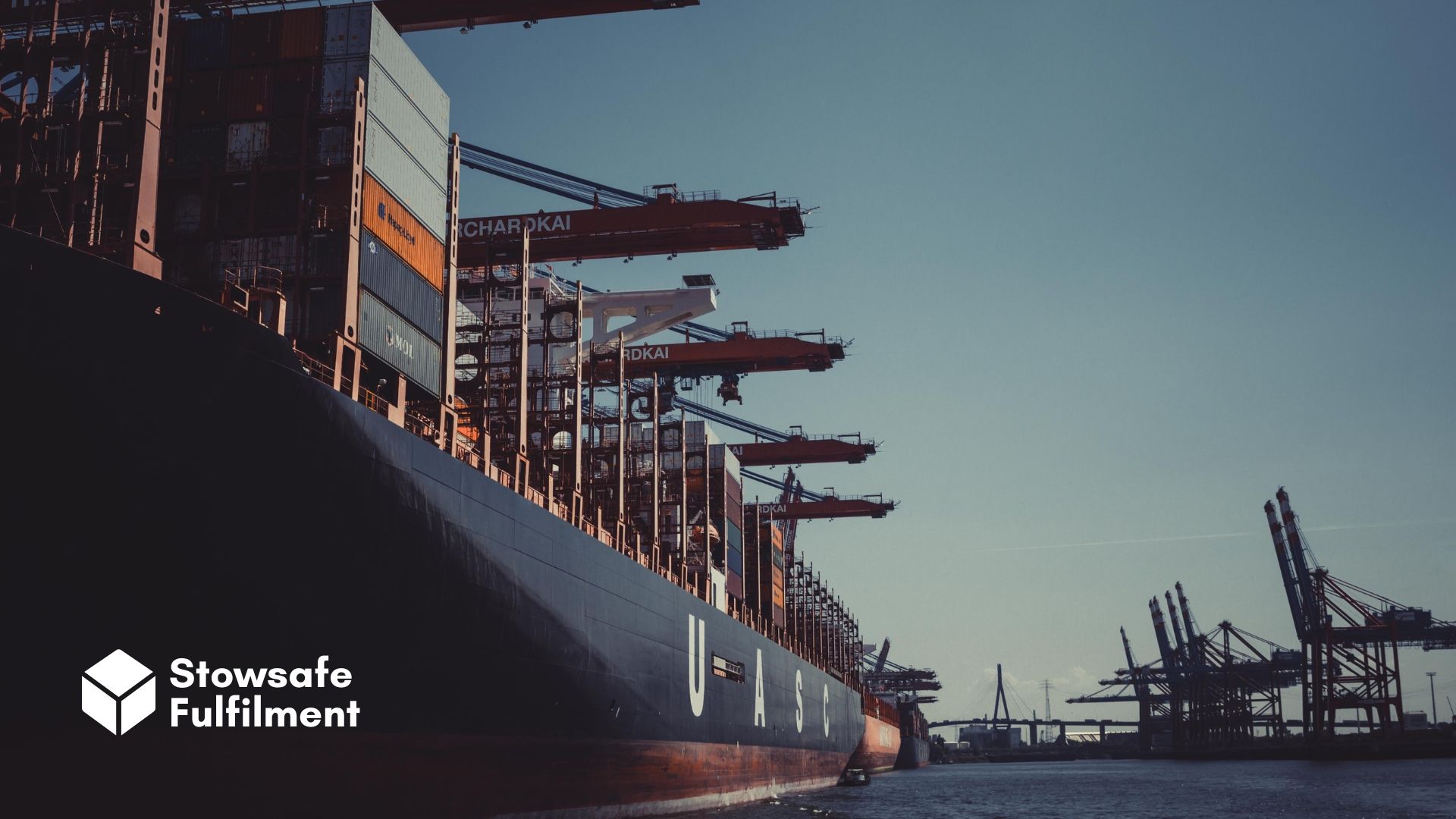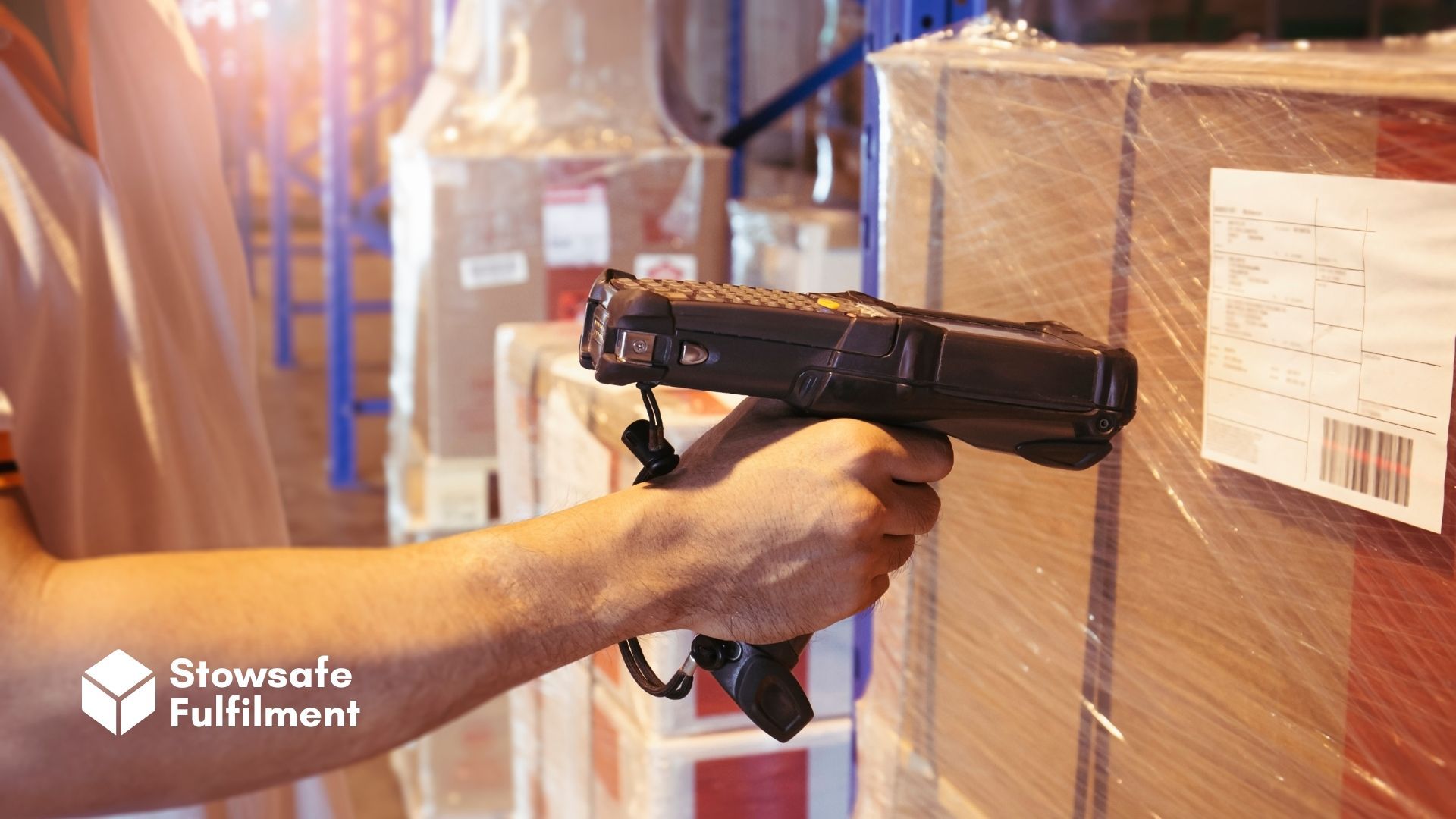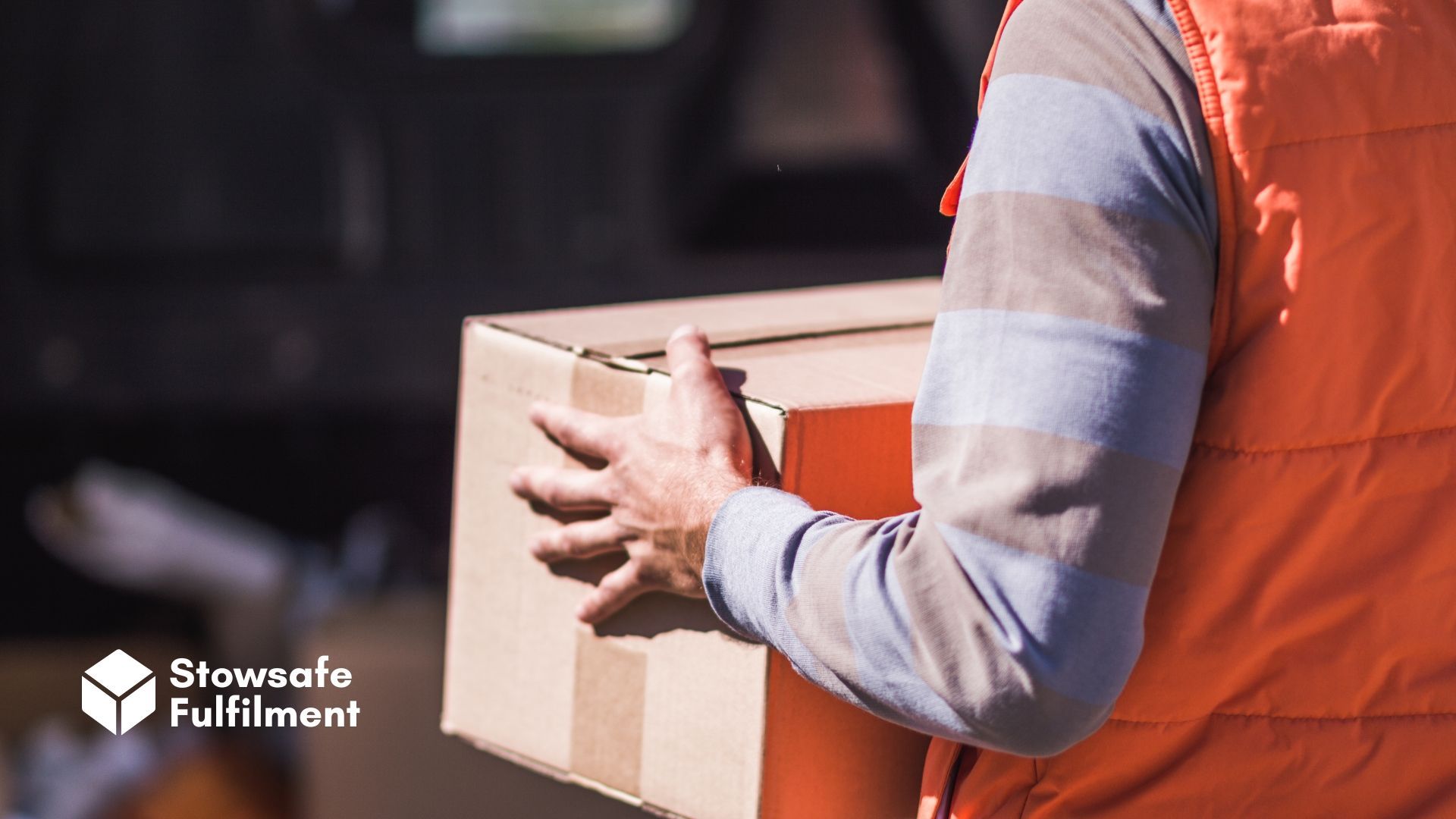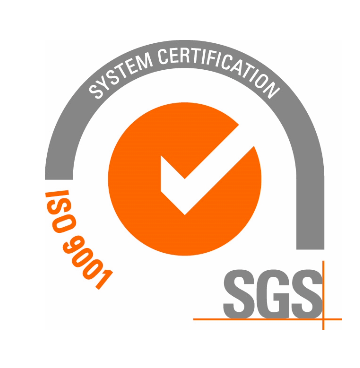Last-mile delivery is a costly and time-consuming part of fulfilment. Due to this, new technologies and solutions are on their way. Read on to find out more.
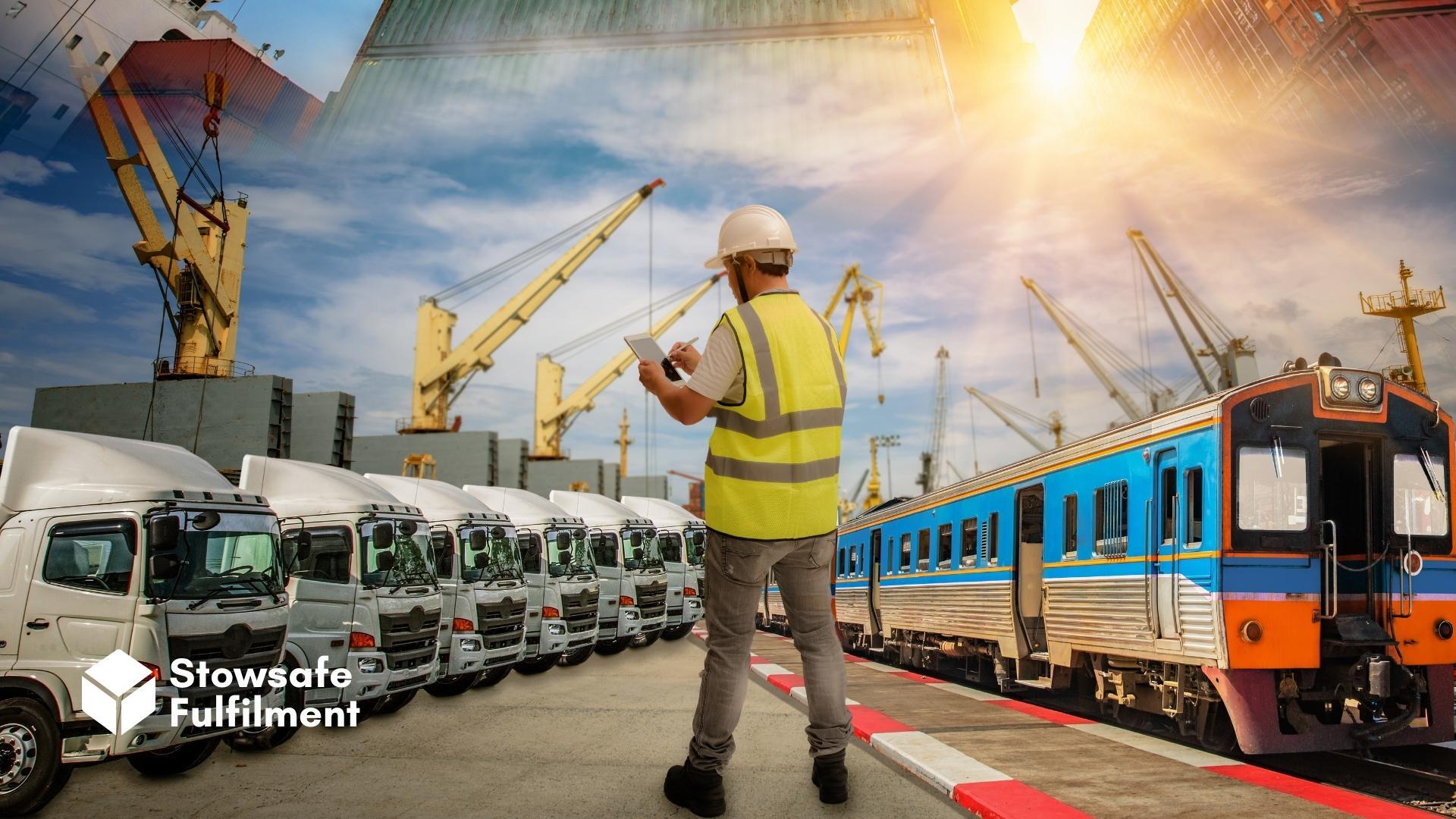
Since the pandemic, demand for online shopping has skyrocketed.
This has meant that customers have come to have high expectations regarding fulfilment and delivery. The bar set by Amazon Prime is too high for SMEs to meet. But this doesn't stop many larger companies from focusing on delivery in a bid to stay competitive.
Some of the larger companies are racing to innovate new technologies that will maximise efficiency in this crucial last stage of the supply chain. Their aim is to achieve more for less – more parcels, speedier deliveries and happier customers, all achieved at a lower cost.
The biggest hurdle for these companies is same-day, final mile delivery – the most expensive and time-consuming stage of the customer journey.
In this article, we look at the difficulties it presents and ask: "what's in store for last-mile delivery?"
What is last-mile delivery?
When you order a product, it goes on a journey from the warehouse to your door. The final stage of this journey is "last-mile delivery" – when the product reaches you.
Crucially for businesses, this is the most costly and time-consuming part of the process.
Why is the last mile the hardest mile?
As we said, customers have come to expect free, fast shipping – but it absorbs up to
53% of the total shipping cost. A balance has to be struck to keep customers happy and loyal – and keep them away from Amazon Prime.
Last-mile delivery presents logistical headaches to companies. This is because the final leg often involves multiple stops, which can of course create delays – a situation familiar to anyone who's tracked a package on their phone.
In rural areas, drop-off points tend to be distant from one another. In towns and cities, traffic can slow down the process considerably.
From the driver's perspective, the delivery journey is usually not confirmed until the last minute, meaning a dash between assorted houses, offices, warehouses and pickup points.
Throw in the need to pay for fuel and you have a logistical nightmare – and all for deliveries that are often low in price.
Given these difficulties, it's no surprise that companies are looking to technological solutions to the last-mile problem as a way of increasing their ROI.
What's next for last-mile delivery?
When it comes to hospitality and transport, crowdsourced apps that rely on gig workers are now a familiar sight – we're talking Deliveroo, Uber, DPD and Ocado, to name but a few.
This is an attractive model for companies as it's light on assets and startup costs – and it keeps the customer satisfied.
This model is now moving into retail. Customers can connect with local, non-professional couriers – such as Uber drivers – who use their own vehicles to make deliveries. Customers can be sure that they'll be home when their driver arrives, which eliminates those wasted trips that eat into profit margins.
In the near future, we'll definitely be seeing a lot more crowdsourced last-mile delivery.
Robots
The rocketing demand for eCommerce has led to investment in home delivery robots –
$8 billion since 2020 according to one estimate. These autonomous delivery companies include Starship Technologies, Nuro, FedEx Roxo, Amazon Scout, Udelv, Kiwibot and Coco.
Let's take a look at two examples.
Starship Technologies
Starship Technologies was launched in 2014 and is based in San Francisco. But its delivery robots can be found in the UK, Germany, Denmark, Finland and Estonia as well as on the company's home turf (or sidewalks, at least).
It began as a service delivering groceries on college campuses. Customers use Starship's mobile app to order goods from participating businesses and select their desired time and destination.
Starship's robots are self-driving – but there are employees tracking their every move in case of disaster.
Once the bot has arrived, the customer is notified through the mobile app, which also allows them to track the journey. The customer then unlocks the robot's lid via the app.
The robot weighs about 36 kilograms and can hold around 10 kilograms of goods. It can travel at up to four miles per hour.
Coco
Cyan Robots – which operates as Coco – provides speedy restaurant delivery. It's different from Starship in that its bots are piloted by trained human minders. These gig-delivery workers pilot, troubleshoot and rescue the robots. And if things really go wrong, they hop on a bike or scooter to complete the delivery.
As with Starship, Coco's customers place orders using an app. Once an order is received, the robot is driven to pick up the food from the restaurant. Someone at the restaurant manually loads the robot, which then travels to your door.
Coco claims that its deliveries can take as little as 15 minutes. If this is the new standard for local restaurant delivery, we're likely to see more of these delivery bots on our streets.
Drones
The use of drones for last-mile delivery is still in its infancy, but companies like Wing, UPS, Matternet and Flytrex are all developing this technology.
Amazon's Jeff Bezos has announced that Prime customers in Lockeford, California will be receiving packages by drone by the end of 2022. Customers are invited to enrol in this scheme, after which an Amazon employee visits to ensure the property is accessible by drone. This will be free for Prime members.
While the technology here is not as advanced as delivery robots, we can expect to see growth in this area over the coming years.
Conclusion
The pandemic has shifted customer habits dramatically. Companies of all shapes and sizes are trying to respond to the huge migration we've seen from brick-and-mortar to online shopping. This brings with it an increased demand for faster, cheaper deliveries.
One result of this shift is a revolution in last-mile delivery. We can expect to see numerous pop-ups providing these services alongside big corporations investing in new technologies.
The fact is that it will take time for these technologies to be affordable for SMEs. So for now, partnering with a third-party logistics provider (3PL) is the most economical and efficient solution.
Thanks for reading! We're an
online fulfilment centre based in the southwest of the UK. If you're looking for flexible logistics services, please don't hesitate to
get in touch.
All Rights Reserved | Stowsafe Fulfilment

